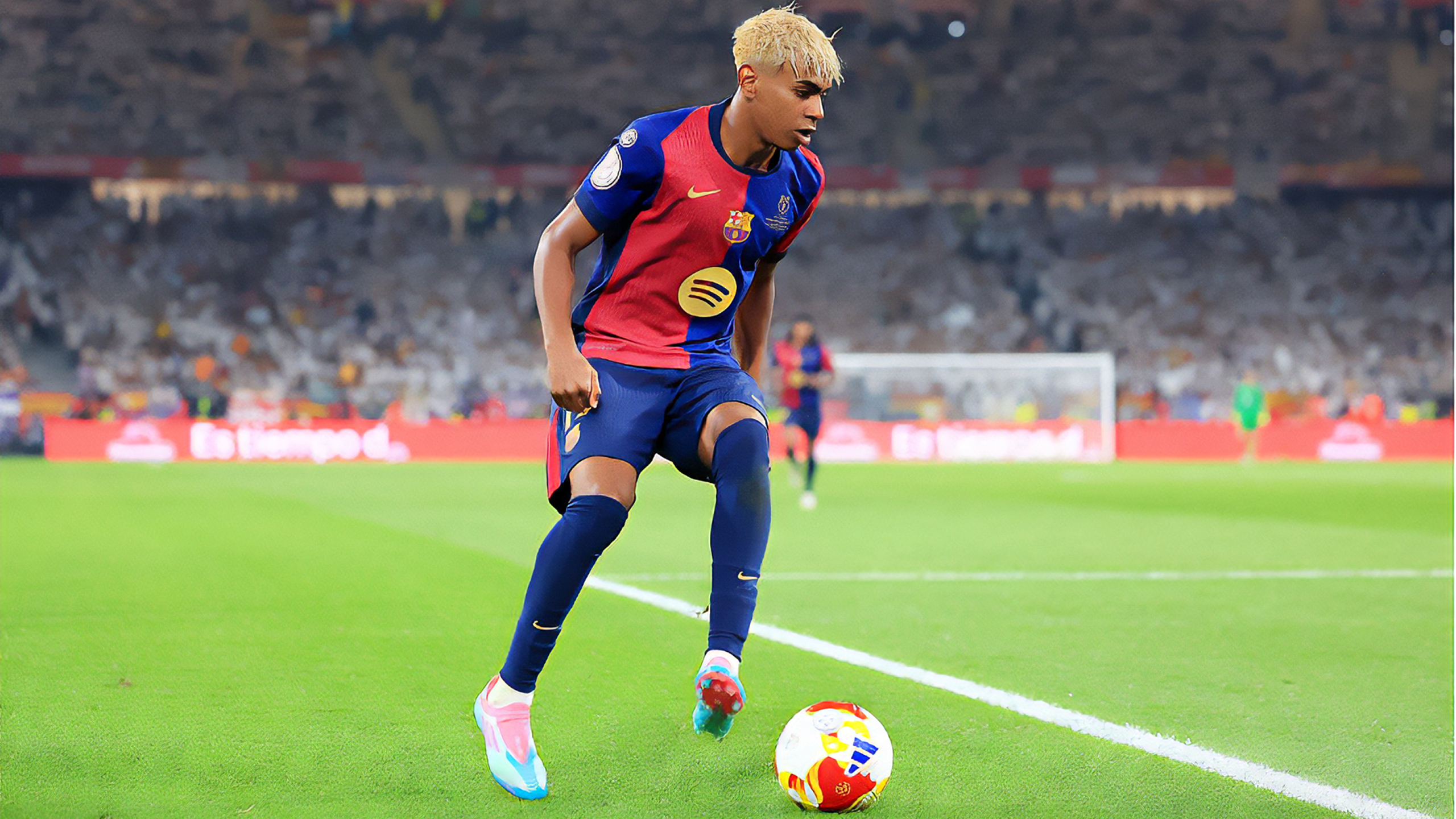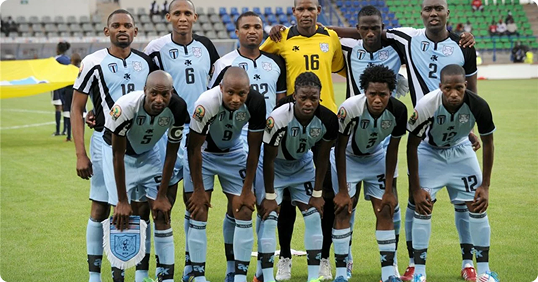This season, Dutch football lowered the minimum age to play in the Eredivisie and Eerste Divisie from 16 to 15, with the same rule now applying to professional contracts. While it grabbed headlines, this isn’t about flooding first teams with 15-year-olds, it’s about giving clubs more control over how they manage youth development. That control opens doors for smarter integration, better retention, and longer development arcs built around readiness, not reaction.
Longer Runways, Smarter Timing
For technical directors and academy heads, the earlier eligibility isn’t about accelerating debuts, it’s about building the right environment earlier. A player might not appear at 15, but he might train regularly with the first team, receive performance targets tracked via football analysis software, or sign early to avoid interest from abroad. These small adjustments compound into a system that favors planning over panic.
Jadiel da Gama: One Name, Bigger Signal
PEC Zwolle’s Jadiel Pereira da Gama is one of the first players positioned to benefit from the change. If he debuts this month, he’ll break a national record dating back to 1959, but that’s not the story. The story is that clubs are already identifying high-upside players at 14 or 15, using youth football talent analysis tools to benchmark them long before contracts or media buzz enter the equation.
Dutch Football’s Long-Term Bias
Lowering the age threshold doesn’t change Dutch football’s identity, it reinforces it. Clubs like Ajax, Feyenoord, AZ, and PSV have always taken a methodical approach to development, tracking players over years with post-match football analysis platforms and integrating them gradually. This rule simply removes an artificial barrier that used to slow down decisions they were already ready to make.
A Global Pattern, Playing Out Quietly
The Netherlands isn’t alone. This change reflects a broader shift in youth football worldwide. In 2024, 13% of all transfer spending in Europe went to players 19 or younger, and markets like MLS, France, and Denmark are seeing record valuations for teenage talent. As the age curve dips, clubs must shift their scouting systems earlier, leveraging football match analysis software to spot and track players before value spikes.
For Scouts, Earlier Doesn’t Mean Riskier
Scouting younger doesn’t mean taking wild bets —on it means gathering more information, earlier. With full-match footage and youth leagues scouting tools, scouts can build a picture of a player’s habits, temperament, and learning curve over multiple seasons. By the time a player hits 17 or 18, clubs aren’t guessing — they’re making informed decisions rooted in years of observation.
What Tools Like Eyeball Make Possible
Platforms like Eyeball give scouts and coaches an edge by providing consistent, full-match video analysis for youth football clubs across U15 to U19 levels. That allows for international youth football scouting to happen with context — not just clips or stats — and for comparisons across academies, positions, and phases of development. The earlier the visibility, the stronger the long-term evaluation becomes.
2025 and Beyond: Development with Leverage
Don’t expect a wave of teenage debuts — expect more subtle shifts: players being locked in earlier, integration strategies starting sooner, and football scouting software being used more intentionally at academy level. The Dutch rule change is simple, but the impact is layered — and for clubs with the right tools and vision, it’s another lever to build smarter, stronger pipelines for the future.



